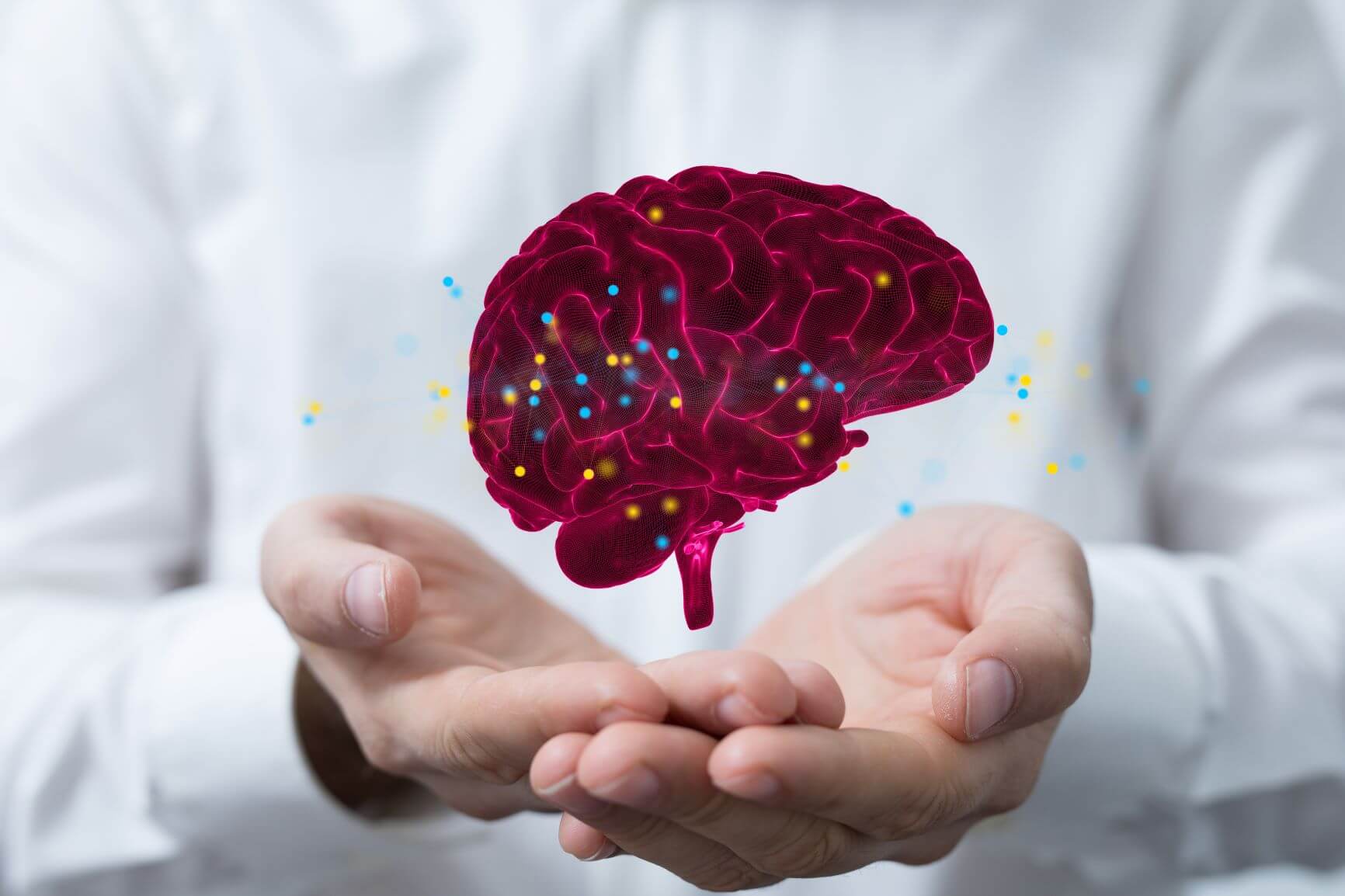Imagine yourself driving a car. The traffic is flowing smoothly, but the road is full of vehicles. As you drive, you hear a siren behind you, you look in the rearview mirror and see an ambulance approaching. You carefully switch lanes, the ambulance passes you, and you continue driving to your destination.
If you are used to driving, this is a familiar scenario that you can certainly handle with ease. But even for the most experienced driver, such a drive activates all the components of the attention system. But what does that mean?
When we talk about attention, we usually think of our ability to concentrate, to pay attention to a specific stimulus and to focus on it. However, the importance of attention in our daily lives is broader. According to one theory, the attention system is divided into three separate but interdependent networks. These three networks are the arousal network, the spatial attention network, and the executive attention network.
Arousal is a state of attentional readiness, in which we prepare for something to come so that we can respond to it. When aroused, our responses are faster, but sometimes less accurate. Spatial attention allows us to direct and focus our attention on a specific area: this redirection can be overt, such as turning our eyes or head to a specific area that requires our focus, or covert, in which we make an internal resource allocation, such as increasing awareness of something in the corner of our eye, or listening to a conversation taking place behind us. Spatial attention allows us to respond more quickly and accurately to events that occur in the focus of our attention, but we may miss things that happen outside the focus of our attention. Executive attention, on the other hand, includes a variety of functions, such as problem-solving, self-regulation, and decision-making. Executive attention can help us ignore irrelevant stimuli, and decide when to respond and when not.
If we think again about the driving scenario, we can better understand the impact of the attention system on our daily lives. When we drive on a busy road, we are in a state of arousal that allows us to respond quickly to changing conditions on the road, such as if someone in front of us suddenly slams on the brakes. When we hear a siren, our spatial attention is activated – we listen to the sound of the siren and use it to assess the progress of the ambulance, we look away from the road to the side and rearview mirrors to see where the ambulance is. Finally, it is executive attention that helps us decide how to respond to the ambulance, prevents us from making an automatic response that could endanger us and those around us, and helps us change lanes safely by assessing the position of our vehicle relative to the surrounding vehicles.
The way the attention system changes with aging has been studied many times, but the findings on the subject have often been contradictory, and further research is needed to fully understand the effects of aging on attention. When examining the effects of age on different cognitive systems, such as attention, it is important to remember that there is great variability between the aging processes of different people, and the effects of different neurodegenerative diseases [1]. However, research in recent years has pointed to interesting patterns of the different networks. Because they are independent and not interdependent, the attention networks are affected differently by aging – some show deterioration as people age, and some actually improve with aging [2]. The arousal network has shown a decrease in efficiency as people age, meaning that people will respond more slowly, for example, when their name is called or when there is a loud noise, they may miss things that are happening around them, and they may have difficulty staying focused for long periods of time. In contrast, the spatial attention network actually shows an improvement in efficiency in older adults, meaning that it is easier for people to shift their attention effectively from one thing to another, such as switching between reading a book and watching television. For executive attention, a different pattern was observed: efficiency in this network was found to improve until the late 70s, after which some deterioration began.
The Effectivate training program combines several games that train and challenge the attention system. Each game challenges one or more networks, and all the exercises challenge the ability to stay alert, as they train the trainees to a certain response pattern, only to change it unexpectedly. Among the games that you should practice if you want to focus on training your attention:
Dual Focus
In Dual Focus, an item is displayed in the center and a collection of items around the circumference – in the game, you will be required to remember which item appeared in the center and identify it later, and in addition to pay attention to where an unusual item appeared around the circumference. The main attention component trained here is spatial attention – you need to shift your attention from the center of the screen to its circumference, scanning and identifying all the items. As you progress in the game, more items will appear, which will be more and more similar to each other, making it difficult to scan and identify the relevant items.
True Colors
In this game you will be shown color names and squares in different colors side by side. The tasks will change between the stages, sometimes you will have to match the name of the color that is written to the color of the square, and sometimes the color in which the word is written to the color of the square. This game mainly challenges executive attention: if you have to match the color in which the word is written to the color of the square, for example, you will have to ignore the meaning of the written word, meaning that the game will require you to suppress automatic responses. The attention system is important in such cases, since it helps adjust responses, direct attention to the appropriate place, and identify errors.
Rolling Stones
In rolling stones, a track appears with colored target surfaces on it, and you will be required to react every time a target ball of a color corresponding to a target surface passes over it. Throughout the game, the level of difficulty changes, and distracting balls of other colors, distracting fireworks, moving target surfaces, and various other challenges will appear. The game combines spatial and managerial attention training – you must be aware of the different target surfaces and the movement of the balls, as well as stop automatic reactions to various distractions.
The attention system is critical to our daily functioning, and while its various components are independent and stand on their own, the functioning of all three together allows us both to perform simple actions and to deal with complex situations that meet us in our routine. Driving, cooking, reading and writing, shopping and even participating in a conversation all depend on the proper functioning of our attention system. It is important to be aware of the changes that may occur in this system and their significance, especially as we age. Effectivate builds a training program that adapts itself to the unique needs of each client, emphasizing various cognitive functions, including the attention system. Besides double focus, true colors and rolling stones, there are other exercises that can help practice attention, such as swimming with the current and a pair or an individual. Try them and the training program of Effectivate will adapt the training to your needs and abilities.
[1] Cabeza, R., Albert, M., Belleville, S., Craik, F. I., Duarte, A., Grady, C. L., … & Rajah, M. N. (2018). Maintenance, reserve and compensation: the cognitive neuroscience of healthy ageing. Nature Reviews Neuroscience, 19(11), 701-710.
[2] Veríssimo, J., Verhaeghen, P., Goldman, N., Weinstein, M., & Ullman, M. T. (2022). Evidence that ageing yields improvements as well as declines across attention and executive functions. Nature Human Behaviour, 6(1), 97-110.










